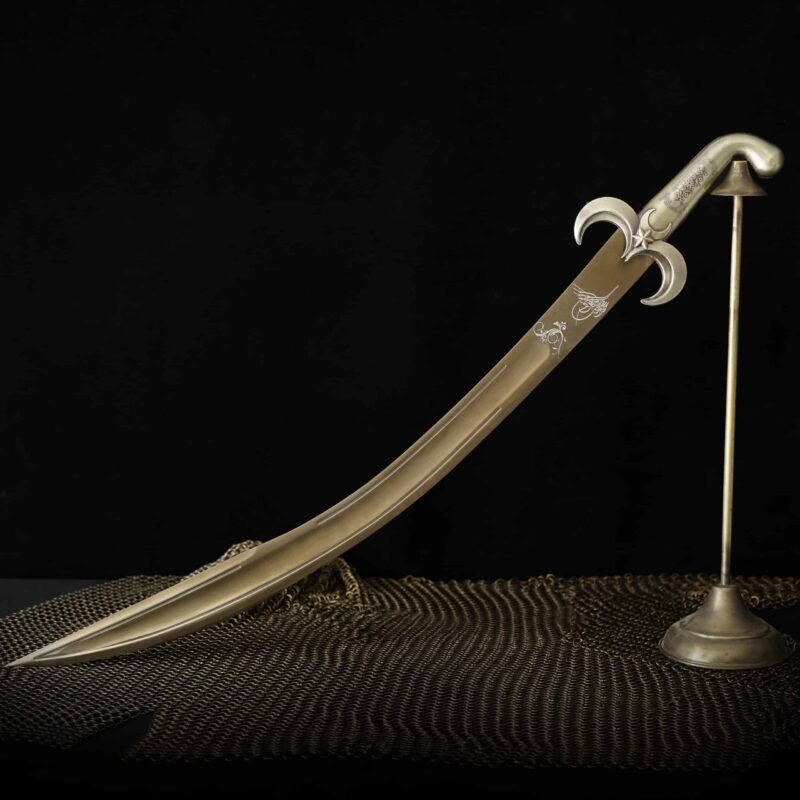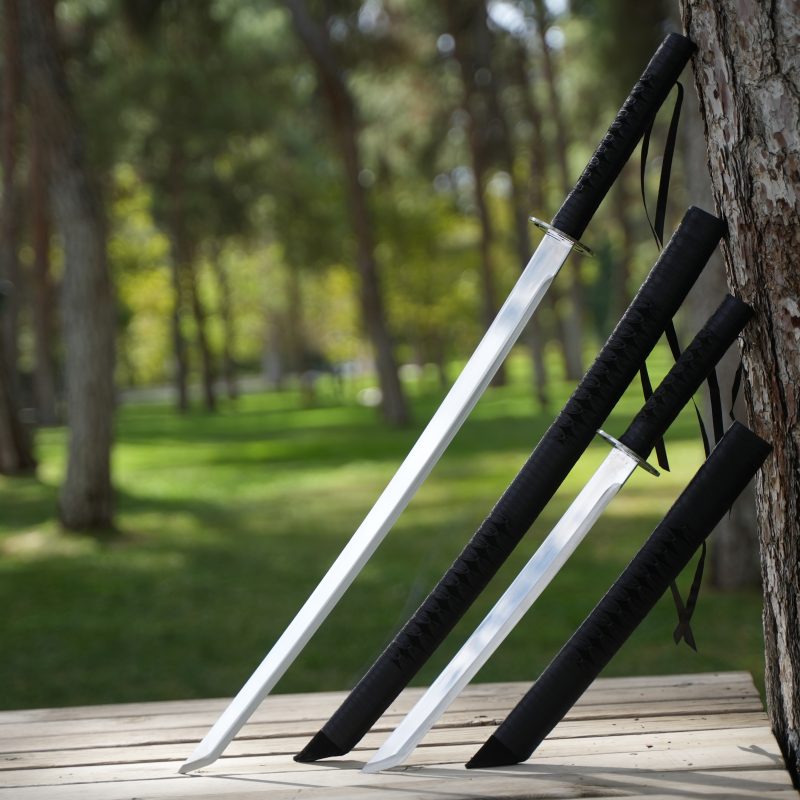What is Special About Katana Sword
The Timeless Art of Katana Swords: A Comprehensive Guide
The Katana sword, a symbol of Japanese culture and craftsmanship, has fascinated collectors and martial arts enthusiasts worldwide for centuries. Known for its sharpness, elegant design, and historical significance, the Katana is more than just a weapon—it’s a work of art. In this article, we’ll delve into the history, craftsmanship, and unique characteristics of Katana swords.
History of Katana Swords
The origins of the Katana sword date back to the Kamakura period (1185–1333). These swords were designed for the samurai, the warrior class of feudal Japan. The Katana’s curved blade and single-edged design distinguished it from earlier straight-bladed swords. Over time, the Katana became the preferred weapon for samurai due to its superior cutting ability and ease of use in close combat.
Creating a Katana sword is a meticulous process that involves masterful craftsmanship and high-quality materials. Traditional Katanas are forged from Tamahagane steel, a unique type of steel produced from iron sand. The process involves folding and hammering the steel multiple times to create layers, resulting in a blade with exceptional strength and flexibility.
**Forging the Blade**: The smith heats the steel in a forge, then hammers and folds it repeatedly. This process removes impurities and creates the blade’s distinctive grain pattern, known as *hada*.
**Shaping the Blade**: The blade is shaped and curved through a process called *tsuchioki*, where clay is applied to the blade before it is heated and quenched. This differential hardening technique gives the Katana its characteristic curve and sharp edge.
**Polishing and Sharpening**: After forging, the blade is polished using a series of whetstones. This not only sharpens the blade but also enhances its aesthetic qualities, revealing the beautiful *hamon* (temper line).
Is Katana Best Sword?
**Curved Blade**: The Katana’s curved blade allows for more efficient cutting and slashing movements, making it ideal for combat.
**Single-Edged**: Unlike double-edged swords, the Katana has a single-edged blade, providing a sharper, more precise cutting edge.
**Hamon**: The temper line or *hamon* is a visible line that runs along the blade, indicating the differential hardening process. This line is not only functional but also adds to the blade’s beauty.
**Handle and Guard**: The Katana features a long handle (tsuka) wrapped in ray skin and cord, providing a secure grip. The guard (tsuba) is often intricately designed, serving both protective and decorative purposes.
Collecting Katana swords offers a unique opportunity to own a piece of history and art. Each Katana is a testament to the skill and dedication of its maker, making it a valuable addition to any collection. Whether you’re a martial artist, a history buff, or an art lover, a Katana sword can provide both aesthetic pleasure and historical insight.
Katana swords are not just weapons; they are masterpieces of craftsmanship, rich in history and cultural significance. Whether you’re looking to purchase a Katana for practical use or as a collector’s item, understanding their history and unique characteristics will enhance your appreciation for these remarkable swords.
Explore our collection of handmade Katana swords and find the perfect addition to your collection today!


